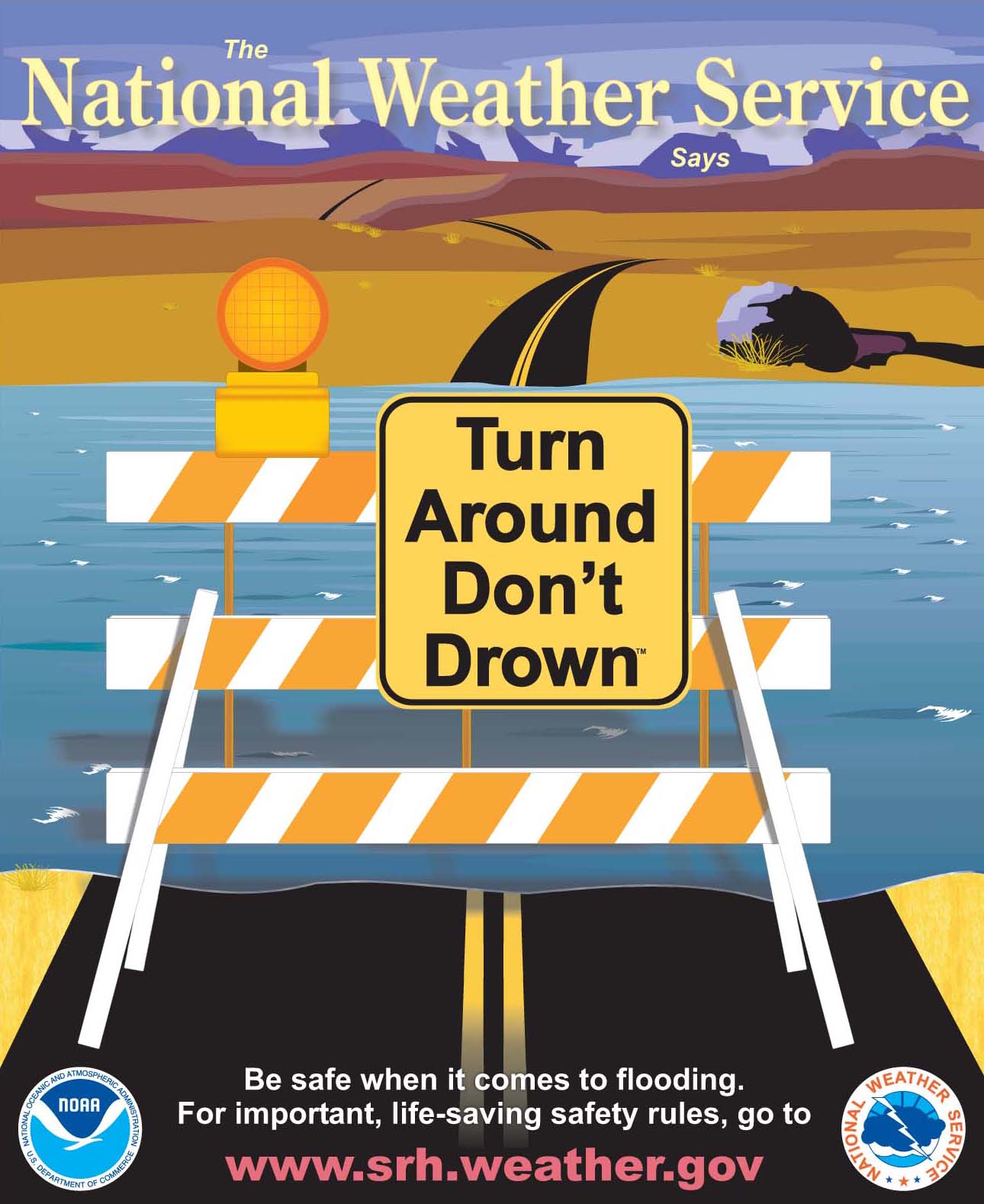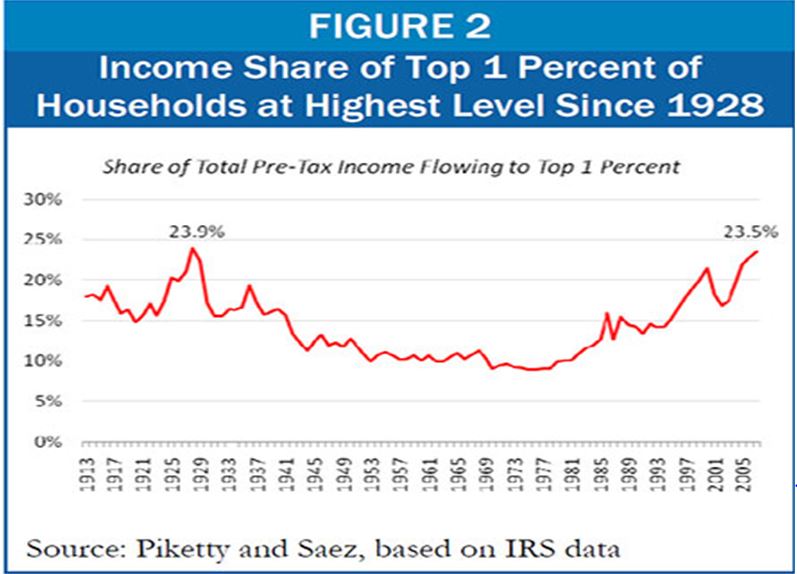Severe Weather Awareness Week: Day 5 Focus On Flood Safety

Table of Contents
Recognizing Flood Risks in Your Area
Understanding your risk of flooding is the first step towards effective flood safety. Many factors contribute to flood vulnerability. Identifying these risks allows for proactive measures and significantly improves your chances of staying safe during a flood.
Different types of floods present unique challenges:
- Flash floods: These rapid, intense floods often occur with little warning, typically after heavy rainfall in a short period. They pose significant danger due to their sudden onset.
- Riverine floods: These floods occur when rivers and streams overflow their banks, often due to prolonged rainfall or snowmelt. They can be more predictable, giving some time for preparation.
- Coastal floods: These floods result from high tides, storm surges, and tsunamis, primarily affecting coastal communities.
To assess your flood risk:
- Use flood risk maps: Many government websites offer detailed flood risk maps showing areas historically prone to flooding.
- Check your location: Input your address to determine your specific flood risk level.
- Consider your surroundings: Are you near rivers, creeks, low-lying areas, or areas with poor drainage? These are all high-risk zones.
Key indicators of potential flooding:
- Check local weather forecasts regularly for heavy rainfall warnings.
- Look for signs of rising water levels in rivers, streams, or drainage systems.
- Be aware of recent rainfall amounts in your area. Excessive rainfall is a major flood precursor.
- Understand the flood history of your area. Has your neighborhood experienced flooding in the past?
Creating a Flood Preparedness Plan
A comprehensive flood preparedness plan is essential for protecting your family and property. This isn't just about gathering supplies; it's about establishing clear communication channels and escape routes.
Family Communication Plan:
- Designate a meeting place outside your home in case of evacuation.
- Prepare an emergency contact list including family, friends, and neighbors.
- Establish a communication strategy; for example, agree on a contact person who will update everyone.
Emergency Kit Essentials:
- Store important documents (insurance policies, identification) in a waterproof container.
- Pack enough non-perishable food and water for at least 72 hours.
- Include essential medications, first-aid supplies, and any special needs items for family members.
Evacuation Planning:
- Identify at least two evacuation routes from your home, considering potential road closures.
- Plan alternate routes in case your primary escape route becomes impassable.
- Know the location of nearby shelters and evacuation centers.
Implementing Flood Safety Measures at Home
Proactive measures at home can significantly reduce flood damage. Implementing these flood safety measures can safeguard your property and belongings.
Protecting Your Property:
- Install flood barriers or sandbags around your home's foundation.
- Regularly clear gutters and downspouts to ensure proper water drainage.
- Elevate valuable items and appliances to prevent water damage.
- Consider purchasing flood insurance, even if you live in a low-risk area. It's a crucial investment in protection.
- Seal any cracks in your basement walls and floor to prevent water seepage. Also, consider waterproofing your basement.
- Learn how to safely turn off utilities (gas, electricity, water) in case of flooding.
Responding to a Flood Warning
Heeding flood warnings is crucial. Your response should be swift and decisive to ensure your safety. Ignoring warnings can have dire consequences.
Evacuation Procedures:
- Monitor weather reports closely for flood warnings and advisories.
- Obey evacuation orders immediately. Don't wait until the water is rising around you.
- Never drive through flooded areas. The depth of the water may be deceptive, and the road could be washed out.
Post-Flood Actions:
- Avoid contact with floodwater; it may be contaminated with sewage and hazardous materials.
- Contact local authorities to report damage and seek assistance.
- Assess damage safely; do not enter a flooded building unless it's been deemed safe by authorities.
Conclusion: Prioritize Flood Safety This Severe Weather Awareness Week
This Severe Weather Awareness Week, let's prioritize flood safety. We've covered key aspects of flood preparedness, response, and mitigation strategies. Remember, understanding your risk, having a plan, and taking proactive steps are vital for protecting yourself and your loved ones from the devastating effects of flooding. Share this information with your family, friends, and neighbors to help build a more resilient community. Take control of your flood safety and make a plan today! Learn more about effective flood preparedness and mitigation strategies to protect yourself and your family.

Featured Posts
-
 Avrupa Borsalari Duesueste Stoxx Europe 600 Ve Dax 40 Endekslerinde Gerileme 16 Nisan 2025
May 25, 2025
Avrupa Borsalari Duesueste Stoxx Europe 600 Ve Dax 40 Endekslerinde Gerileme 16 Nisan 2025
May 25, 2025 -
 Will The Wall Street Recovery Undermine The Daxs Recent Gains
May 25, 2025
Will The Wall Street Recovery Undermine The Daxs Recent Gains
May 25, 2025 -
 Atletico Madrid Barcelona Macini Canli Olarak Izleyin Fanatik Gazetesi Ile
May 25, 2025
Atletico Madrid Barcelona Macini Canli Olarak Izleyin Fanatik Gazetesi Ile
May 25, 2025 -
 Mwnakw Yjdd Eqd Mynamynw Mwsm Idafy Llnjm Alyabany
May 25, 2025
Mwnakw Yjdd Eqd Mynamynw Mwsm Idafy Llnjm Alyabany
May 25, 2025 -
 The Truth About Elon Musk And His Dogecoin Investments
May 25, 2025
The Truth About Elon Musk And His Dogecoin Investments
May 25, 2025
Latest Posts
-
 Naomi Kempbell 55 Rokiv Ikonichni Obrazi Legendi Podiumu
May 25, 2025
Naomi Kempbell 55 Rokiv Ikonichni Obrazi Legendi Podiumu
May 25, 2025 -
 Otkrovennye Foto Naomi Kempbell Luchshie Kadry Iz Novoy Fotosessii
May 25, 2025
Otkrovennye Foto Naomi Kempbell Luchshie Kadry Iz Novoy Fotosessii
May 25, 2025 -
 Naomi Kempbell Vrazila Publiku U Biliy Tunitsi Na Londonskomu Shou
May 25, 2025
Naomi Kempbell Vrazila Publiku U Biliy Tunitsi Na Londonskomu Shou
May 25, 2025 -
 Zivot Penzionera Bogatstvo I Luksuz Koji Svet Zavidi
May 25, 2025
Zivot Penzionera Bogatstvo I Luksuz Koji Svet Zavidi
May 25, 2025 -
 Naomi Kempbell V Derzkikh Obrazakh Eksklyuzivnye Foto Dlya Modnogo Zhurnala
May 25, 2025
Naomi Kempbell V Derzkikh Obrazakh Eksklyuzivnye Foto Dlya Modnogo Zhurnala
May 25, 2025
